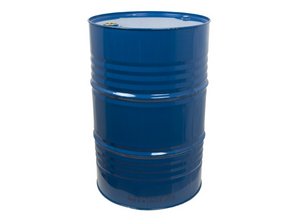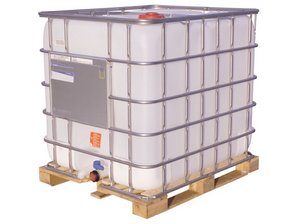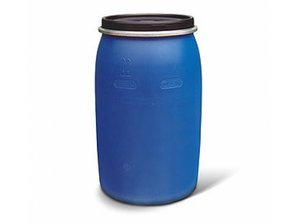
Triethylene glycol
Is a by-product of ethylene glycol and diethylene glycol production. Grade A is used as feedstock in production of oligoester acrylates, polyesteracrylates, plasticizers and other products of organic synthesis. Grade B is used for dehumidification of gas and air in the production of antifreezes and oligoester acrylates.
Characteristics of triethylene glycol
Design specification: TU 2422-075-05766801-2006
Chemical name: 2-[2-(2-Hydroxyethoxy)ethoxy]ethanol
Empirical formula: С6Н14O4
| Parameter | Value | |
|---|---|---|
| Grade A | Grade B | |
| Triethyleneglycol, % wt., min. | 98 | 90 |
| Monoethylene glycol, Diethylene glycol and Tetraethylene glycol, % wt., max.: | 2 | 10 |
| - including ethylene glycol | 0.1 | 0.8 |
| Water, % wt., max. | 0.1 | 0.3 |
| Color, Hazen, max.: | ||
| - in normal condition | 20 | – |
| - after boiling with hydrochloric acid | 180 | – |
| Density at 20 °С, g/cm3, within | 1.123–1.124 | не ниже 1.121 |
| Aldehydes in terms of acetaldehyde, % wt., max. | 0.01 | – |
| Acids in terms of acetic acid, % wt., max. | 0.002 | – |
| Peroxidates in terms of iodine, % wt., max. | 0.005 | – |
Supply form: Clear flammable liquid without mechanical impurities.
Packaging: Product is shipped in rail-way tank-cars and tank-cars, as well as in aluminum and steel drums.
Transportation: Triethylene glycol in drums is transported by all means of covered transport. Product in bulk is transported in rail-way tank-cars and tank-cars.
Storage: Triethylene glycol stored in sealed containers made of aluminum or non-corrosive steel. Product in drums should be stored in warehouses. Storage temperature should be in range of -50 °C to +50 °C.
Manufacturer: Nizhnekamskneftekhim





